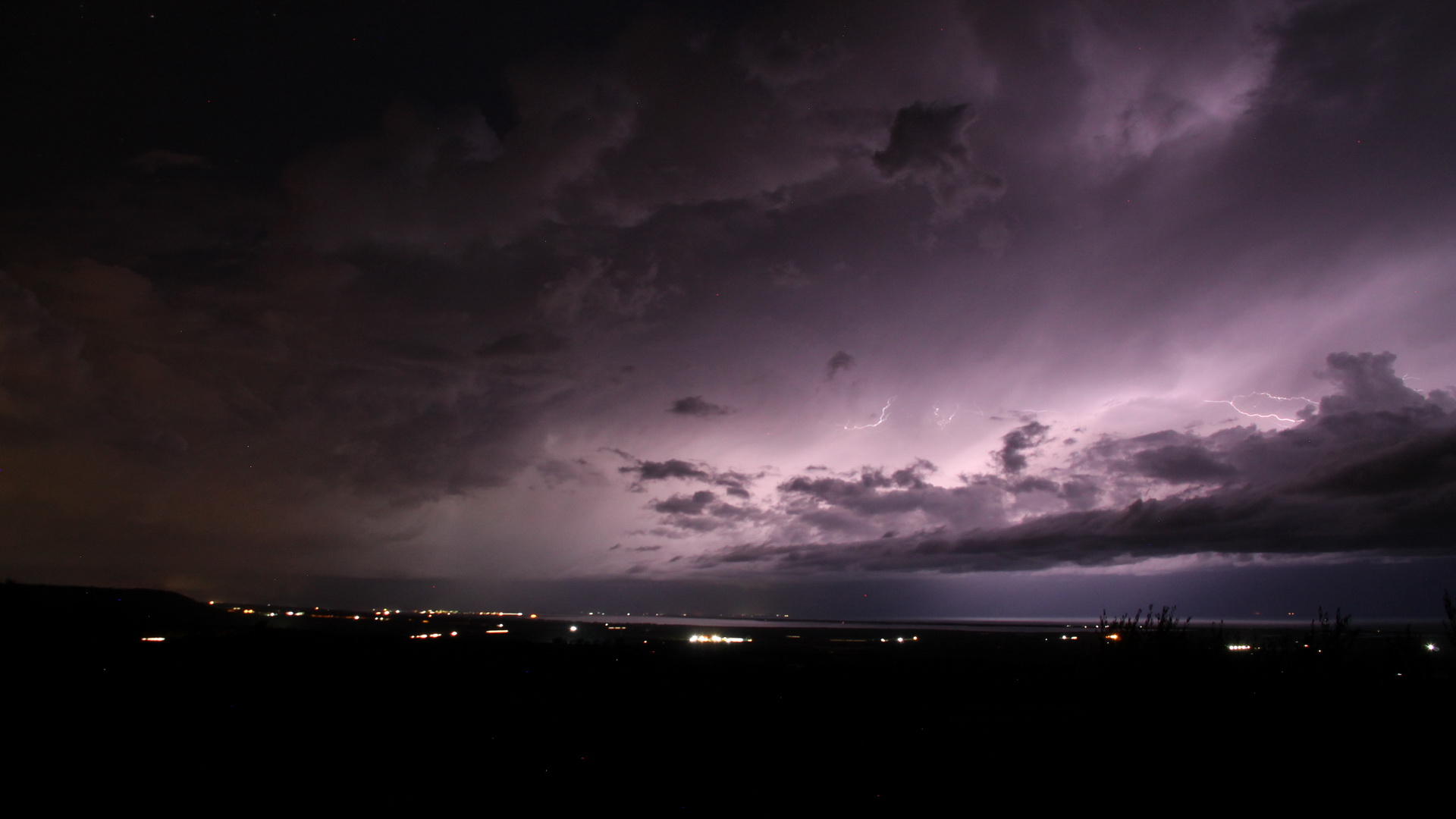Select your language
View With Tremiti Island In The Back
Cagnano By Night Full Moon
Winter View From Mount Madonnina
Rainbow Over The Lake Varano
Cloud Storm
View With Tremiti Island In The Back
Lake Varano
Cagnano Varano By Night
Gargano
Tourism
Cagnano Varano
History

Territory

Lesina - Varano

Foresta Umbra
Foresta Umbra Nature Reserve
The Umbra Forest occupies an area of approximately 15,000 hectares.It includes areas protected since 1977 as biogenetic natural reserves (Foresta Umbra, of 399hand Falascone, of 48h), characterized by mixed beech forest, and an integral reserve (Sfilzi, of 56ha), a transition area between beech forest and oak forest, created in 1971 to protect the only mountain spring in the Gargano.
The forest has been divided into four more or less concentric zones: zone A, zone B, zone C and zone D.
- zone A: reproduction area of wild animal species. It is the hidden heart of the forest and public access is prohibited;
- zone B: includes the most uncontaminated part of the Umbrian Forest where it is strictly forbidden to produce loud noises, raise your voice or behave in any way that can be perceived by the animal population;
- zone C: entry to motor vehicles is prohibited in this area, although the movement of people is free;
- zone D: is the one with the greatest tolerance from an environmental point of view, as it is the area of the towns included in the forest.

The Flora
The Gargano can be considered a biological island.
Cistus Clusii
A perfect starting point
Welcome to the Gargano Peninsula, a captivating gem nestled within the heart of Apuglia's coastal splendor. Located in the northernmost part of the region, the Gargano area is a haven of natural beauty, cultural treasures, and ancient charm.As you venture into the Gargano, you'll be greeted by a landscape of unparalleled diversity. The rugged coastline gives way to secluded coves and sandy beaches, framed by dramatic limestone cliffs that plunge into the sparkling waters of the Adriatic Sea. Picturesque fishing villages dot the shoreline, their colorful houses cascading down the hillsides, while quaint harbors bustle with the activity of local fishermen.But the Gargano's allure extends far beyond its coastline. Inland, lush forests carpet the hillsides, their verdant canopy providing a sanctuary for wildlife and a playground for outdoor enthusiasts. Explore the ancient Umbra Forest, a pristine wilderness of beech and oak trees, where hiking trails wind through enchanted groves and hidden waterfalls cascade into tranquil streams.Perched atop the rugged cliffs overlooking the sea, the historic town of Vieste beckons with its winding streets, medieval architecture, and panoramic vistas. Wander through the labyrinthine alleyways of the old town, where ancient churches and crumbling fortresses bear witness to centuries of history.For those seeking spiritual nourishment, the Gargano is home to the Sanctuary of Monte Sant'Angelo, a UNESCO World Heritage site and one of the most important pilgrimage destinations in Italy. Nestled high in the mountains, this ancient sanctuary is said to be the site where the Archangel Michael appeared in the 5th century, and pilgrims from around the world come to pay homage to this sacred place.As the sun sets over the Adriatic, casting a golden glow over the rugged coastline, the Gargano area invites you to lose yourself in its timeless beauty and discover the magic of Apuglia's northern frontier. With its pristine landscapes, rich history, and warm hospitality, the Gargano promises an unforgettable journey into the heart of Southern Italy.

Grotta di San Michele
Cagnano Varano3 km distant

Isole Tremiti
Provincia di Foggia40 km distant

Monte Sant'Angelo
Provincia di Foggia40 km distant

Vieste
Provincia di Foggia60 km distant

 Русский
Русский  Spanish
Spanish  日本語
日本語  Italiano
Italiano  Ελληνικά
Ελληνικά  Deutsch
Deutsch  French
French  English
English 










